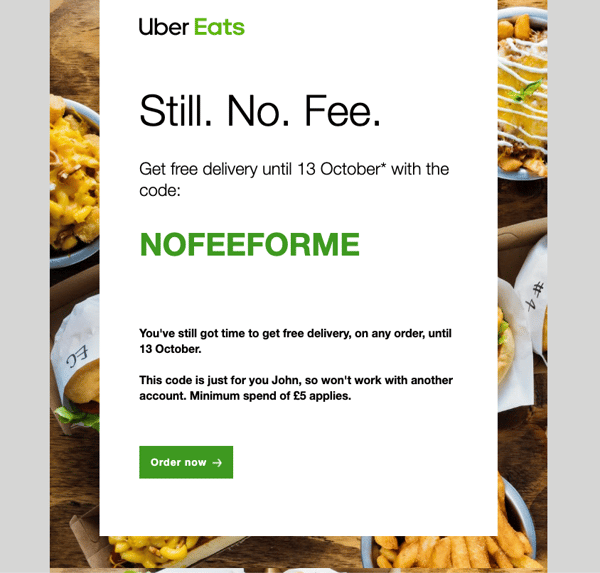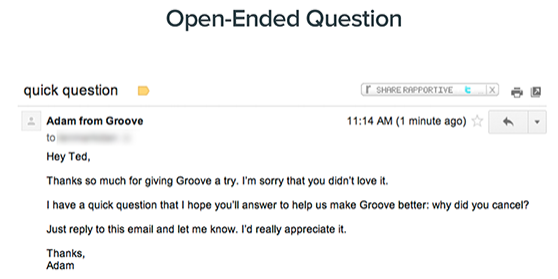Get weekly
HubSpot updates
As SaaS marketers we can often get caught up in trying so hard to acquire new customers we forget about the ones we’ve got.
Ask most SaaS organisations what their biggest challenge is, they’ll probably tell you it’s generating new leads—at least in our experience. Sometimes though, SaaS churn is the area they should be focusing on.
According to ForEntrepreneurs.com, a net revenue churn rate of 2% per month or above is an indicator that something is wrong, and it will ‘become a major drag on growth’.
In this blog, we’re going to take a look at three tactics for ensuring your customers stay with you for longer.
Maintain customer engagement
Think about a SaaS or subscription product you’ve used in the past but have since cancelled. What was the driving factor behind that decision to cancel?
I bet the majority of the time it was because you didn’t use the software enough.
SaaS companies can combat this by actively encouraging engagement from their users. The most successful subscription-based products achieve this by inserting themselves into the daily lives of their users, making them indispensable.
For example, I use Spotify and Netflix almost every day; they have both become essential products in my life.
Of course, this isn’t always possible. Your software offering might only require the user to interact with it once a month or less. This doesn’t mean you can’t engage with your customers in other ways. Let’s take a look at an example.
I downloaded the Uber Eats app recently, but have yet to actually place an order (sorry about that, UE). In a bid to encourage me to use the app they have been sending me regular offers, such as money off your first order and free delivery for a limited time.

They know that a lack of engagement will likely lead to me deleting the app eventually, and are trying hard to encourage me to use it.
Localytics conducted research across multiple industries and found that the average mobile app retention rate after 90 days was just 20%.
When reviewing SaaS churn, organisations will often look at their ‘real’ churn rate, i.e. the number of users/subscribers cancelling their accounts. Ensuring you identify and tackle ‘activity churn’ is where they should be looking, as it’s ensuring customers are engaging with you that helps to reduce that real churn number.
Ask for user feedback
Have you ever thought to ask your customers why they leave? It seems obvious, but it’s incredible how few organisations do this.
You might only receive replies from 10% of the people you ask, but those replies can be invaluable. You’ll start to see a trend after you’ve been collecting this data for a while, allowing you to make improvements to your software, onboarding, customer service and more.
This quest for genuine user feedback shouldn’t be limited to cancelling subscribers either. Regularly ask your customers how you’re doing, how you can improve. Not only will this provide more opportunity for learning and improvement, it will also demonstrate to the user that you really care about providing an exceptional SaaS product. If necessary, you can always incentivise your customers to respond.
Groove, providers of shared inboxes and knowledge bases, used this strategy to improve their own offering, and found great success with a simple email:

This email performed eight times better than a survey they had tried previously.
Work on your onboarding process
Never underestimate the importance of your onboarding process.
Remember that 20% retention after 90 days stat from earlier? Poor onboarding is a key contributor to this.
While you think your product might be easy to use, this might not be the experience of new users. Take them by the hand and show them:
- What they need to do to get started.
- How to get the most value from your SaaS product.
- Any quick wins on offer so they can start to see value straight away.
New users are actually some of your highest risk users when it comes to churn for two reasons:
- They haven’t built up any loyalty to your brand
- They’re at the stage when they’re least likely to extract value from the product.
Don’t allow buyer’s remorse set in by leaving your new users to work out your SaaS product for themselves.

